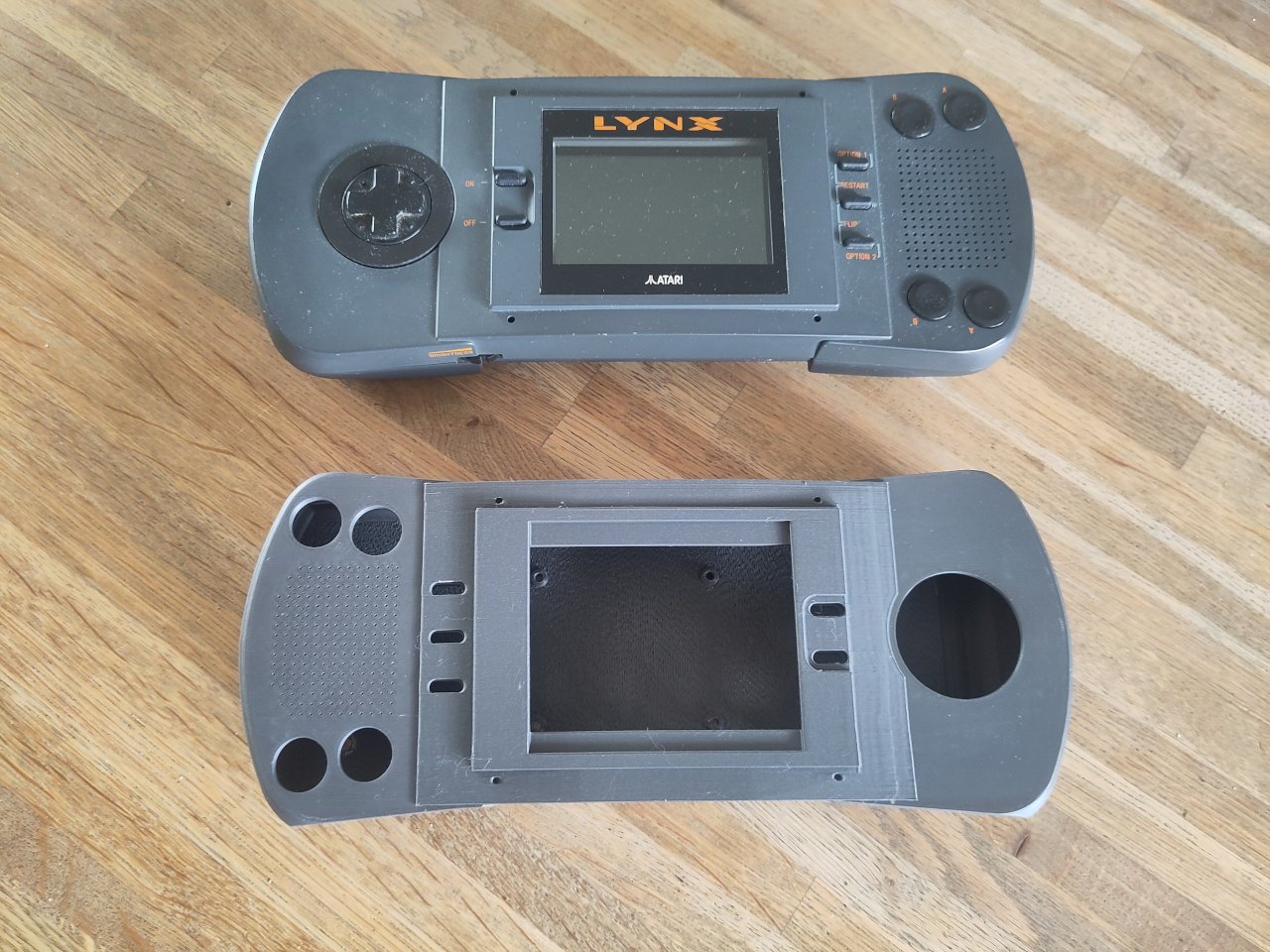The gaming world is in the middle of a handheld renaissance, with flashy new devices launching every season and nostalgia-fueled fans snapping up anything with a screen and buttons. But for those who’ve been around the block a few times, the idea of carrying arcade-quality games in your hands isn’t exactly breaking news. Way back in 1989, the Atari Lynx staked its claim as the first color handheld, showing off a bold form factor and catalog of quirky titles that made it a cult favorite, even if it never reached Game Boy levels of stardom.
The Lynx was a marvel for its time, with a bright (for the era) color LCD and a chunky build that felt like holding the future. Of course, the future turned out to be a little heavy and a lot hungry for batteries. The original screen was notorious for ghosting and washed-out colors, and you could almost watch the battery bar drop as you played. Still, its library and unique design kept it close to the hearts of retro gaming fans, long after production stopped.
Designer: Cees Meijer
Fast forward to today, and the barriers to reviving classic tech have never been lower. Thanks to 3D printing and the steady march of affordable, powerful microcontrollers, a new era of DIY ingenuity is making it possible to breathe modern life into vintage designs. Hobbyists and engineers are picking up their soldering irons, firing up their CAD software, and remixing the old with the new in ways that would have seemed impossible a decade ago.
The Atari Lynx recreation project is a perfect example of this creative energy. Rather than settling for a dusty unit with faded pixels, the project’s creator set out to build a modern equivalent from the ground up. The new Lynx keeps the spirit of the original but swaps out that clunky LCD for a crisp, modern display. No more squinting to make out the action, and no more rainbow trails following every sprite. Under the shell, updated electronics run emulation software, so you can access the entire Lynx library from a single, sleek device.
Battery woes? Not here. The project uses lithium-polymer cells and USB charging, offering hours of play and compatibility with power banks. There’s even talk of HDMI output, letting you go from solo handheld sessions to big-screen multiplayer in seconds. The ergonomic tweaks and improved button feel are subtle but important, showing just how much thought goes into making an old idea work for new hands.
What’s truly exciting is how projects like this are opening up the world of retro gaming to a new audience. The files and documentation are shared online, letting anyone with a 3D printer and a bit of patience craft their own Lynx-inspired handheld. No need to scour auction sites for rare cartridges or worry about cracked screens: just print, assemble, and play. In the process, a new generation gets to appreciate the design quirks and simple joys of a handheld that was ahead of its time.
It’s a reminder that the best ideas never really go away. They just get rediscovered, reimagined, and rebuilt—sometimes by the very people who grew up loving them. The Lynx may have been a bit before its time, but thanks to modern makers and a little bit of tech magic, its story is getting a well-deserved second act.
The post 3D Printing Revives Atari Lynx Design for a New Generation of Handhelds first appeared on Yanko Design.

